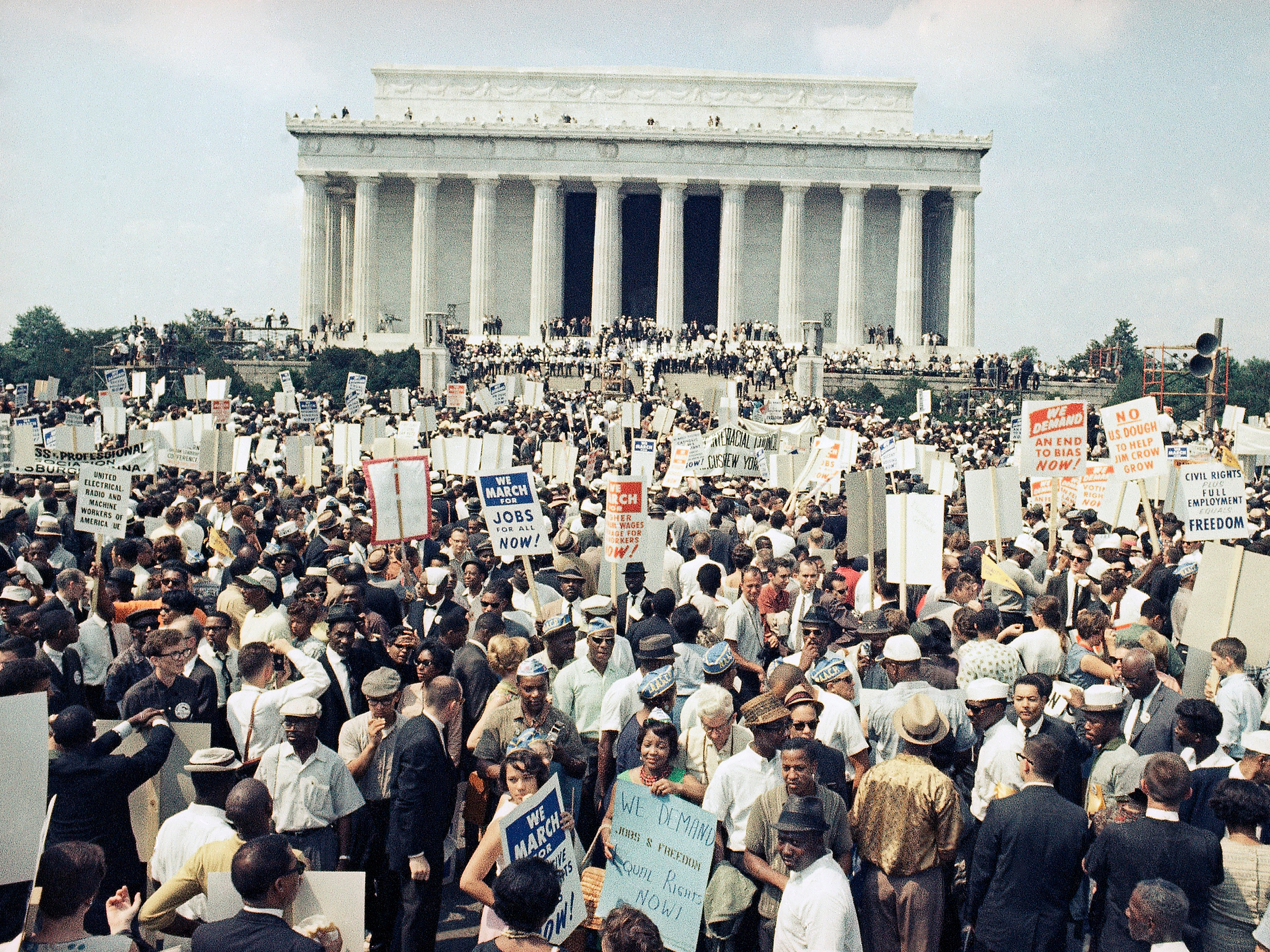- Americans have had to fight for equal rights based on gender, sexual orientation, and race.
- From Dr. Martin Luther King Jr. to Susan B. Anthony, lots of people have paved the way for where we are today.
The United States was founded on the principles of freedom and liberty for all of its citizens. Throughout the country’s history, however, individuals have been marginalized on the basis of race, gender, and sexual identity. Unwilling to accept unjust conditions, courageous activists such as Dr. Martin Luther King, Jr. and Betty Friedan, along with advocacy groups such as the NAACP and NOW, have worked tirelessly to promote equality and help disadvantaged groups protect their civil rights.
The US Department of Health and Human Services defines civil rights as those personal rights which are guaranteed and protected by the Constitution, as well as subsequent laws enacted by Congress. Voting rights, equal pay, and marriage equality are just a few of the key issues that have been at the forefront of the fight for civil rights in America.
Here are some of the most important civil rights events in modern American history so far.
1865 – The 13th Amendment abolished slavery in the US.
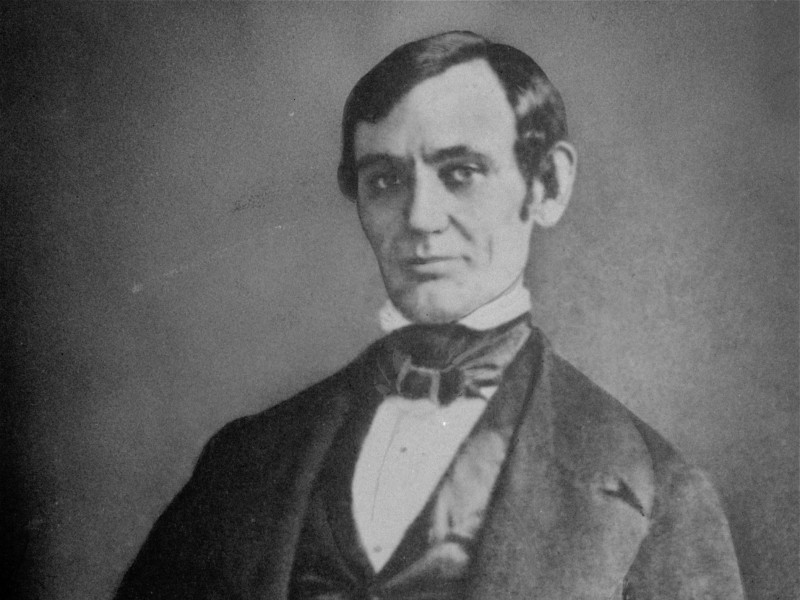
Slavery was a legal institution in the United States for over 80 years after the signing of the Declaration of Independence. In 1863, as the country was in the midst of the Civil War, President Abraham Lincoln issued the Emancipation Proclamation, a step towards ending slavery. However, the declaration only applied to those territories rebelling against the Union.
On December 6, 1865, the 13th Amendment to the constitution was ratified, which abolished slavery in the United States.
1868 - The 14th Amendment granted former slaves the rights of US citizenship.
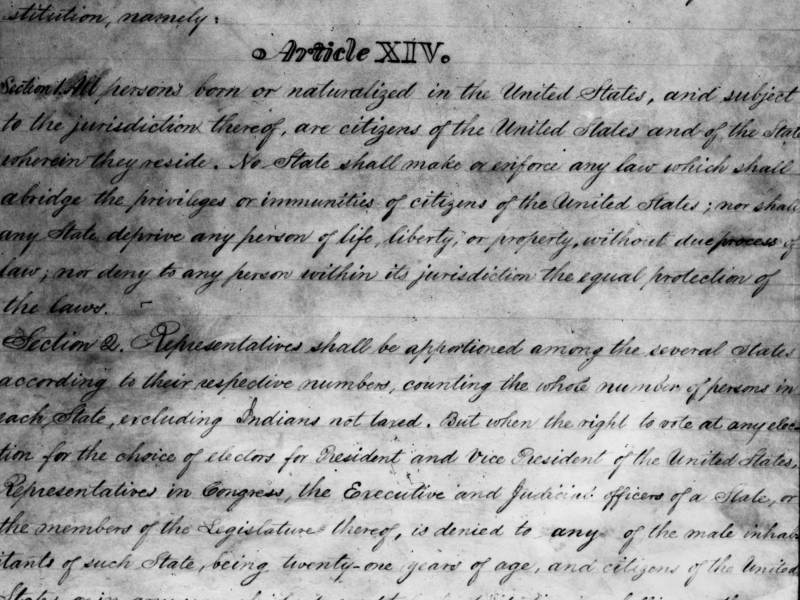
The 13th Amendment may have abolished slavery, but people who were formerly enslaved were still not able to take advantage of all of the benefits afforded to citizens of the United States. On July 9, 1868, the 14th Amendment to the United States Constitution was ratified, taking another huge step forward in advancing the civil rights for "all persons born or naturalized in the United States."
The amendment granted citizenship to anyone born or naturalized in the country, including the recently freed slaves. This monumental legislation gave black citizens almost all of the rights which are protected by the United States Constitution.
1870 - The 15th Amendment prohibited racial discrimination in the voting process.
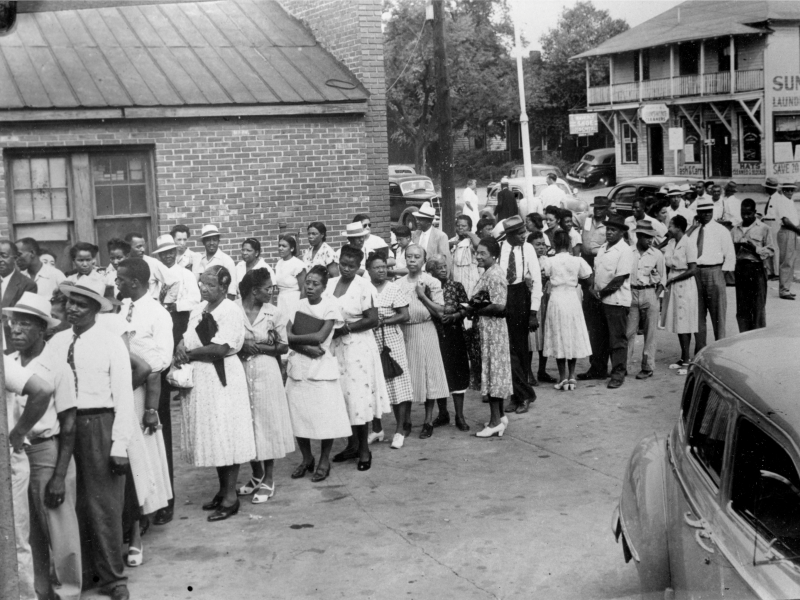
Although the passage of the 13th and 14th Amendments gave black Americans more freedom and protection under the law, without the right to vote they were essentially shut out of the political process and unable to elect officials who would best serve their interests.
On February 3, 1870, the 15th Amendment to the constitution was ratified, prohibiting racial discrimination in the voting process. Women, however, would have to wait 50 more years for their right to vote.
1909 - The NAACP was founded to protect the civil rights of people of color.
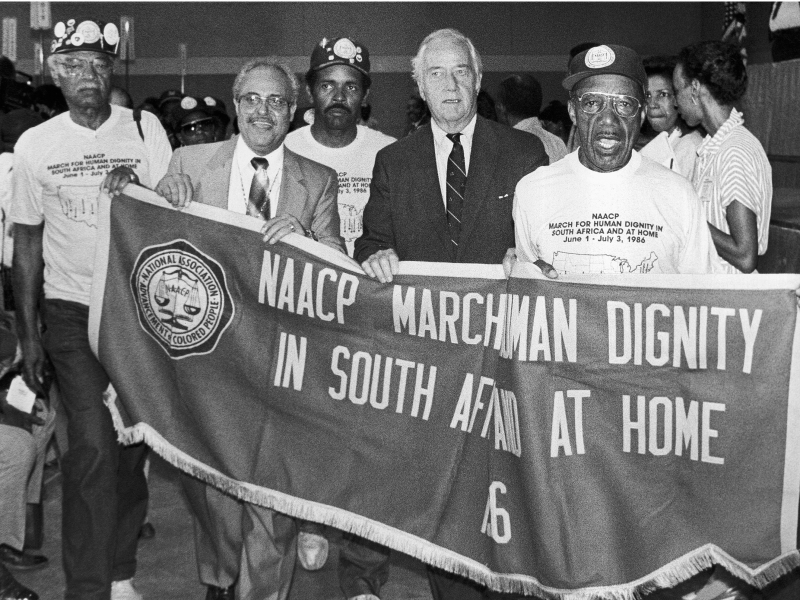
The abolition of slavery did not end racially motivated violence. Lynchings and other violent crimes against black people were common practice, especially in the South.
In 1908, a deadly race riot in Springfield, Illinois, led to the formation of the National Association for the Advancement of Colored People. The NAACP was founded on February 12, 1909, with the goal of protecting and ensuring equal rights for all people and eliminating racial discrimination. Today, the NAACP brands itself as the largest civil rights organization in the United States.
1920 - The 19th Amendment gave women the right to vote.
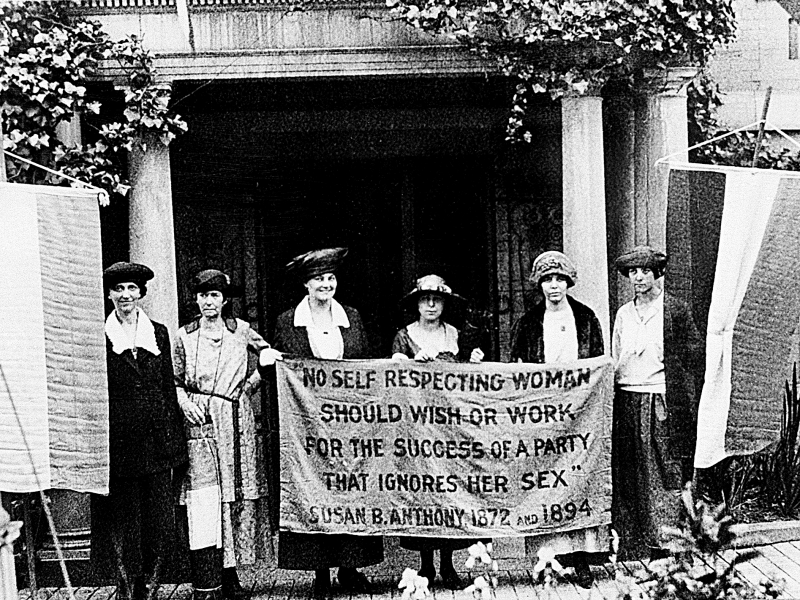
In 1848, a group of women including Elizabeth Cady Stanton and Susan B. Anthony led a crusade to advocate for women's suffrage. Over time, as some states allowed women to vote, voting rights advocates began organizing to elect members of Congress on both sides of the aisle who supported voting rights for women. On August 26, 1920, the 19th Amendment to the Constitution was ratified, granting all female citizens of the United States the right to vote.
1948 - President Truman ended racial segregation in the military.
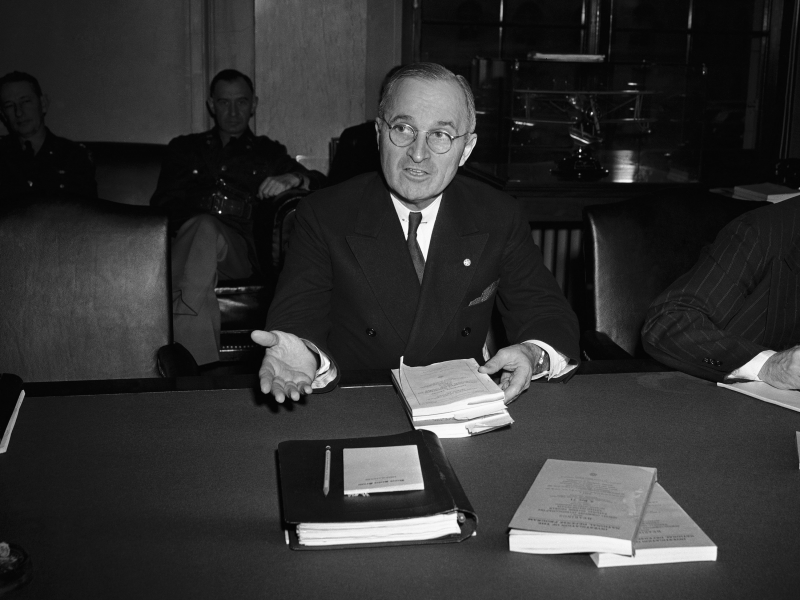
Since the American Revolution, many people of many different races have served in all branches of the military. And although they fought bravely on behalf of the United States, people of color were placed in separate units from their white counterparts. On July 26, 1948, President Harry Truman changed this policy by signing an executive order outlawing segregation in the military.
1954 - Brown v. Board of Education desegregated public schools.
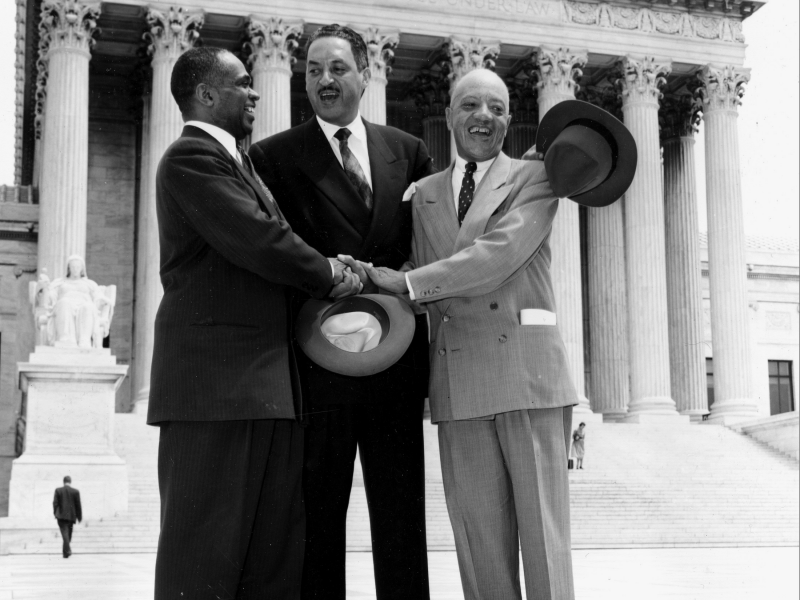
In the late 1800s, a Supreme Court ruling supported the legality of segregated public facilities, so long as they were equal. This ruling allowed for the justification of racially segregated public schools. Brown V. Board of Education was a group of five separate cases challenging the constitutionality of segregation in public schools in an effort to give students of color the same access to quality education as white students.
On May 17, 1954, the Supreme Court ruled that state-supported segregation in the public schools was a violation of the 14th Amendment and therefore unconstitutional.
1955 - A boycott integrated the bus system in Montgomery, Alabama.
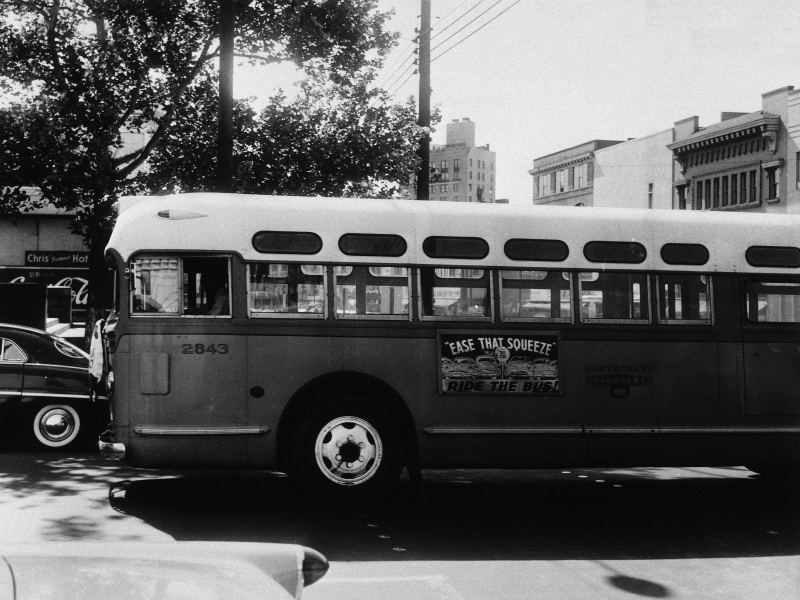
In 1955, black people represented 75% of bus riders in Montgomery, Alabama. However, they were forced to ride in designated "colored" sections in the back of the bus and even forced give up their seats to white people when asked.
After Rosa Parks was arrested for refusing to give her seat to a white man in 1955, supporters organized a boycott and refused to ride city buses in protest of racial discrimination. The boycott lasted 381 days and resulted in the Supreme Court ruling in favor of integrating the city's bus system.
1963 - Hundreds of thousands marched in Washington, DC, for civil rights.
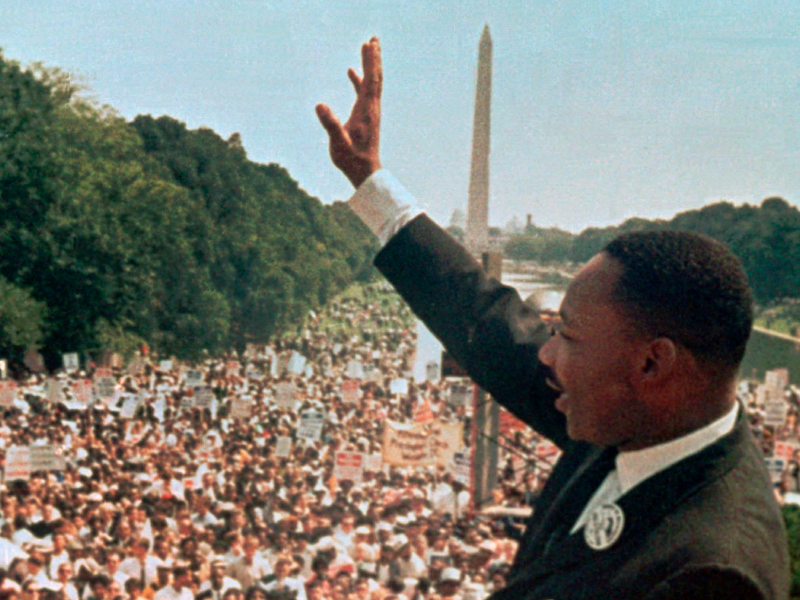
On August 28, 1963, more than 200,000 people gathered in Washington, DC, for the March on Washington to protest racial discrimination and advocate for equal rights for all people. The day was filled with speeches by civil rights leaders as well as musical performances by artists including Bob Dylan and Joan Baez. The March on Washington is also where Dr. Martin Luther King, Jr. delivered his famous "I Have A Dream Speech," outlining his dream for a world in which racism doesn't exist.
1963 - Equal Pay Act encouraged wage equality for men and women.
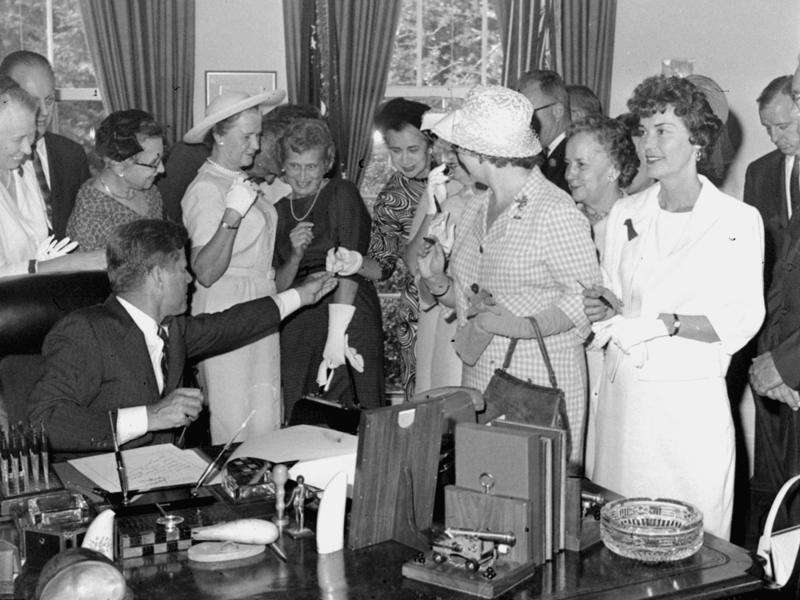
After World War II, the American workforce saw an increase in the number of working women. However, they were often paid substantially less than their male counterparts for similar work. An amendment to the Fair Labor Standards Act of 1938, the Equal Pay Act of 1963 was enacted to eliminate pay inequality between the sexes. The act requires employers to pay an equal rate for work requiring the same level of skill and responsibility, regardless of sex.
1964 - Civil Rights Act outlawed discrimination on the basis of race or sex.
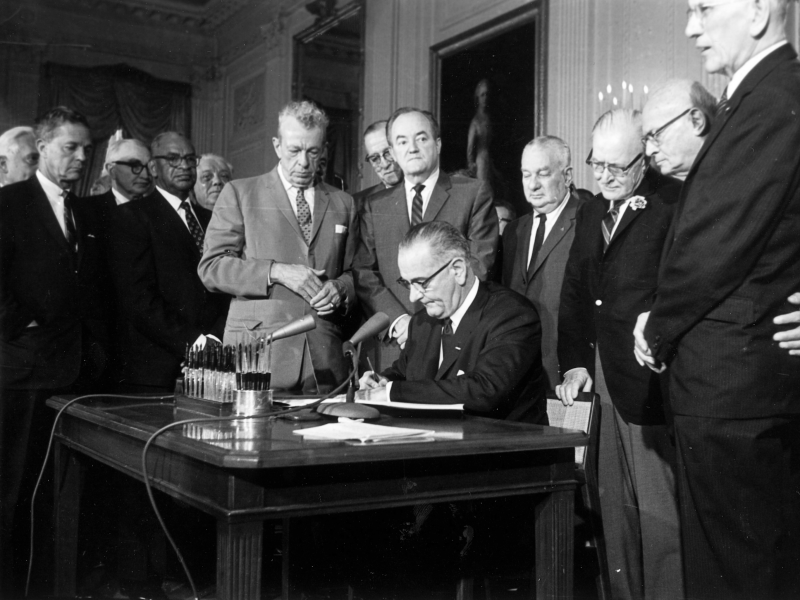
In 1964 President Lyndon B. Johnson signed the Civil Rights Act into law. This key piece of civil rights legislation outlawed segregation in public places as well as discrimination based on race, sex, or religion.
1965 - The Voting Rights Act outlawed voter suppression based on race.
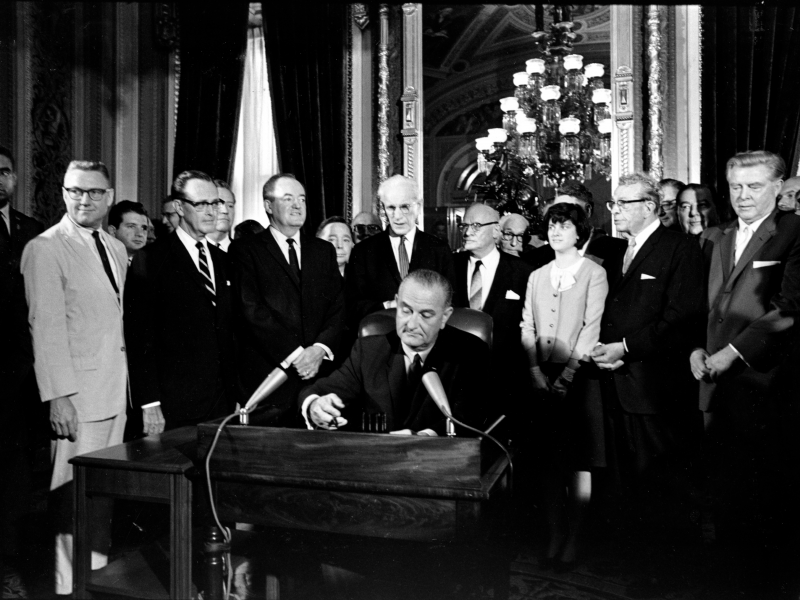
Although the 15th Amendment granted voting rights to all US. citizens, discriminatory practices still existed in the early 1960s to suppress black voters, including literacy tests.
On August 6, 1965, President Lyndon B. Johnson signed the Voting Rights Act into law. The act outlawed discriminatory practices on the basis of race.
1966 - National Organization for Women is founded.

In 1966, author and activist, Betty Friedan founded the National Organization for Women to advocate for women's rights and fair treatment under the law. Reproductive rights, economic justice, and protecting women against violence are among the issues at the forefront of their agenda.
With thousands of activists and hundreds of local chapters working to promote their agenda across the country, NOW is currently the largest feminist advocacy group in the United States.
1972 - Title IX helped level the playing field for women's sports.
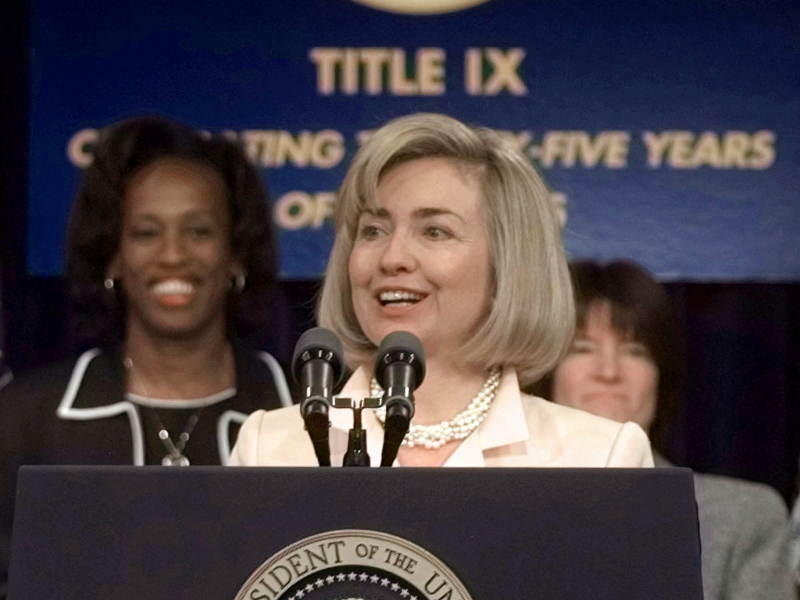
Title IX of the Education Amendments Act of 1972 prohibits exclusion from or discrimination from educational programs and activities receiving federal funding. The legislation sought to provide equal access to scholarships, tutoring, and other services.
Title IX was groundbreaking in the area of women's sports, requiring institutions to provide equal resources for male and female sports.
1973: The Supreme Court ruled on Roe v. Wade that a pregnant person's right to choose fell under the right to privacy — making banning abortion unconstitutional.
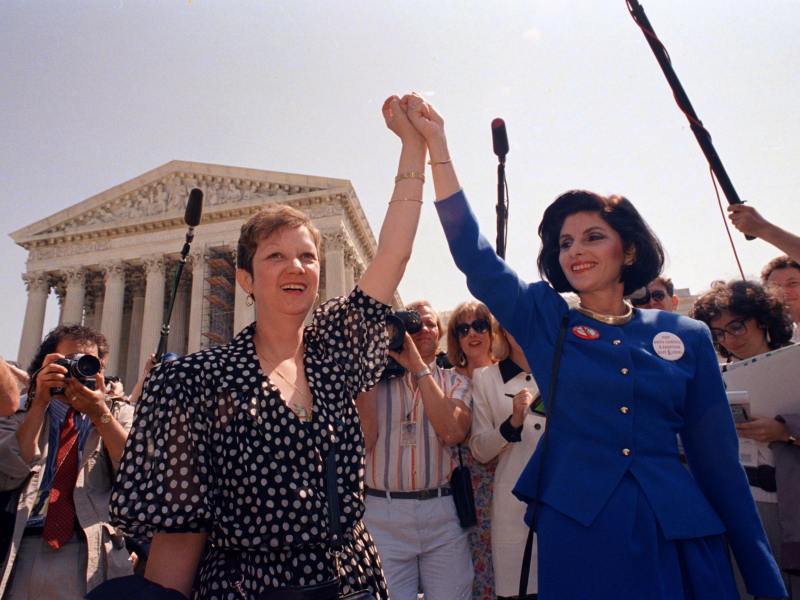
Roe v. Wade was the case that made abortion legal across the US. Linda Coffee and Sarah Weddington sued Henry Wade the Dallas Country District Attorney and behalf on Norma McCorvey, known under the name "Jane Roe." Prior to the ruling, most states had severely restricted abortion laws or had banned it entirely.
The case made it the Supreme Court where a 7-2 ruling said that Texas' abortion laws violated McCorvey's right to privacy.
Prior to this, the "zone of privacy" (protected in the Constitution's First, Fourth, Ninth, and 14th Amendments) covered marriage, contraception, and child rearing.
Since abortion was ruled to lie within a person's "zone of privacy," states to this day aren't able to regulate abortion unless it was sufficiently "important," though many have argued that state laws have crossed this line.
1990 - Workers with disabilities were guaranteed equal rights under the law.
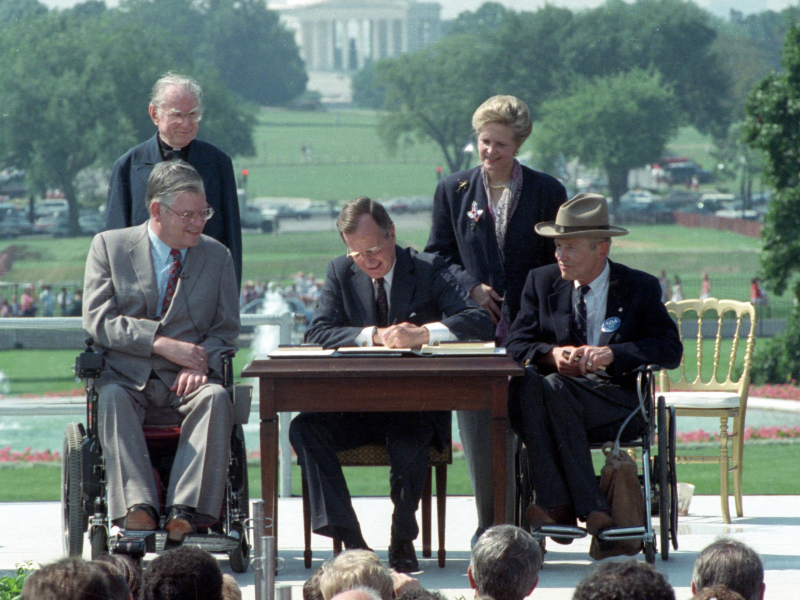
The Americans with Disabilities Act was passed in 1990, providing access to equal rights for the people with disabilities. The legislation makes it illegal to discriminate against people with disabilities across various institutions, including access to employment, education, government services, and access to public accommodations.
2010 - LGBTQ members allowed to serve openly in the military.

Before the early 1990s, it was the military's policy to discharge gay, lesbian, and bisexual service members. In 1993, the Clinton administration enacted the "Don't Ask, Don't Tell" policy, which allowed gay, lesbian, and bisexual members to serve, as long as they were not open about their sexuality.
In 2010, "Don't Ask, Don't Tell" was repealed by the Obama administration. The repeal allowed service members who had been previously discharged to re-enlist and allow new gay, lesbian, and bisexual service members to serve openly.
2015 - Supreme Court rules that states cannot prohibit same-sex marriage.
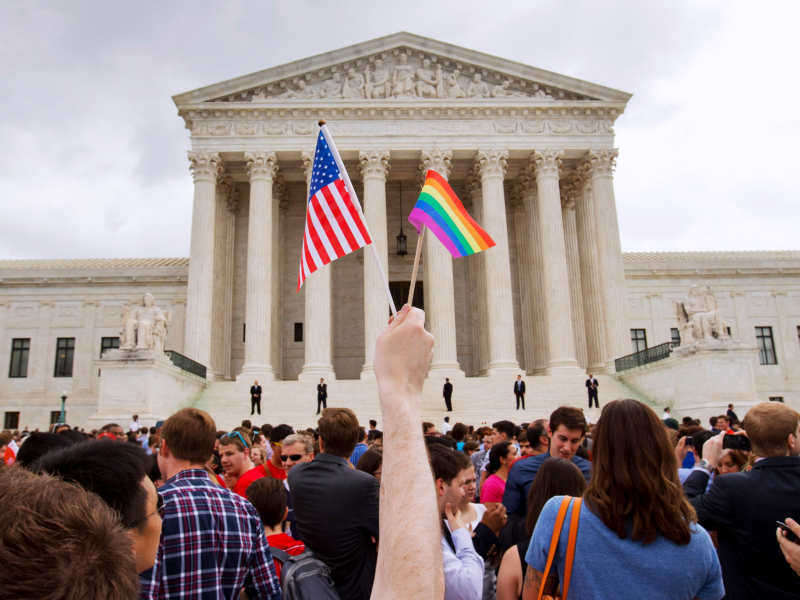
2015 saw a major civil rights milestone in the fight for marriage equality. On June 26, 2015, the Supreme Court ruled 5-4 that it was unconstitutional for same-sex marriage to be illegal in any state.
The ruling was based on the principles of the 14th Amendment, which grants equal rights and protections to all US citizens. Prior to the ruling, 13 states in the country banned same-sex marriage.
Visit INSIDER's homepage for more
